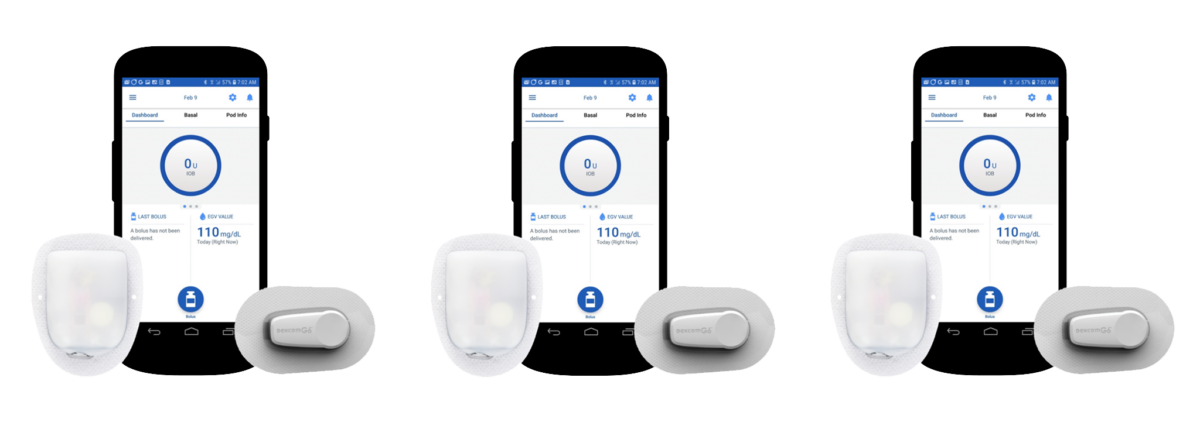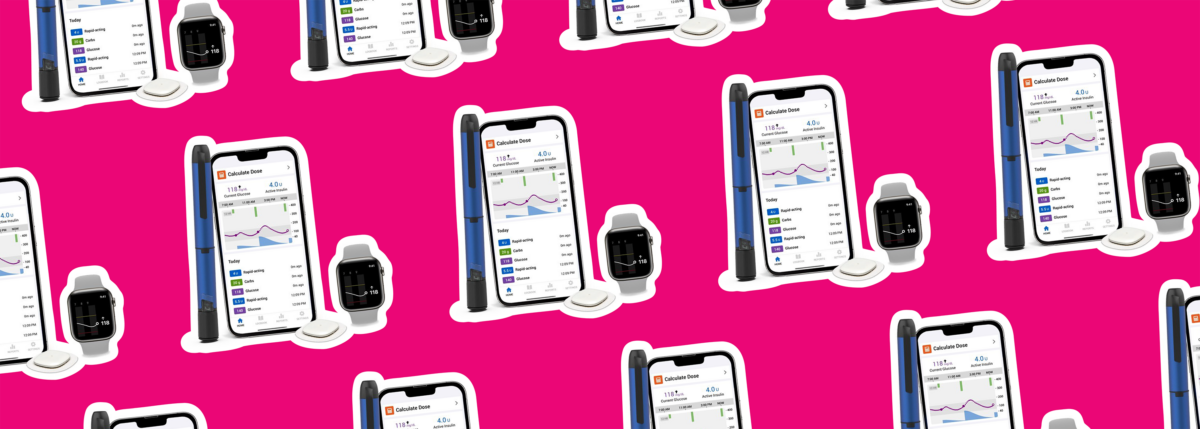Medicare Part D Senior Savings Model Caps Insulin Costs at $35 per Month
Written by: Lala Jackson
4 minute read
May 26, 2020
Editor’s Note: People who take insulin require consistently affordable and predictable sources of insulin at all times. If you or a loved one are struggling to afford or access insulin, you can build custom plans based on your personal circumstances through our tool, GetInsulin.org.
Following an initial March 11, 2020 announcement of the new Medicare Part D Senior Savings Model, CMS today announced updates on the plan that will go into effect beginning January 1, 2021. The Model caps out of pocket insulin costs at $35 per month for seniors enrolled in eligible plans.
Earlier this year, insurance providers were invited to apply for inclusion into the cost savings model. For eligible plans, insulin manufacturers cover the cost gap in coverage to ensure out of pocket costs for insulin are no more than $35 per month regardless of whether the individual is in the deductible phase or Medicare Part D coverage gap. Historically, enrollees in Medicare Part D plans have seen significant fluctuations in insulin cost depending on the time of year or phase of coverage. This change will make insulin costs consistent and predictable for those that it impacts.

The Centers for Medicare & Medicaid Services (CMS) states that “over 1,750 standalone Medicare Part D plans & Medicare Advantage plans with prescription drug coverage have applied to participate in Part D Senior Savings Model, offering coverage in all 50 states, DC and Puerto Rico.” While Medicare and other governmental programs are—by law—barred from negotiating drug prices, this savings model is being made available through enhanced Part D programs offered through private insurance companies.
Right now, an estimated 58 percent of people currently enrolled in Medicare Part D are covered by plans that will institute the Senior Savings Model. During annual open enrollment from October 15 to December 7, 2020, anyone who is insulin dependent and enrolled in Medicare Part D will need to ensure their plan is participating in the Medicare Part D Senior Savings Model to receive the $35 monthly out of pocket cap. CMS plans to include a search option in their Medicare Plan Finder to help enrollees identify eligible plans during open enrollment.
The three major insulin manufacturers Eli Lilly, Novo Nordisk and Sanofi have signed on to participate in the Senior Savings Model, meaning each of their insulins, including long-acting, intermediate-acting, short-acting and rapid-acting, will be covered under the model.
Beyond Type 1 reached out to each company about their decision to participate in the cost savings program.
- “Sanofi supports the Centers for Medicare and Medicaid Services (CMS) insulin demo plan because it is consistent with our commitment of improving access and affordability for people living with diabetes. Sanofi volunteered to join the plan since there are shared contributions from both manufacturers and Part D plans to directly reduce out-of-pocket costs for Medicare beneficiaries.”
- “[Novo Nordisk is] pleased to be a part of this new Part D Senior Savings Model that helps lower what seniors pay for insulin, and we continue to call on all corners of healthcare to come together on affordability. No one sector can do it alone and we all need to work together and do our part. We’re committed to doing our part and continuing to find avenues to help those in need.”
- “Lilly is very pleased to participate in this important model that will make insulin more affordable for seniors in the U.S. We’ve been working on insulin affordability solutions for many years, and this model fills a critical gap that remained in the system.”
Each of the company’s other insulin cost savings programs—typically for people enrolled in commercial insurance or without any insurance coverage—can be found here.
Enhanced Medicare Part D plans have slightly higher premiums (an average of $49.32 per month versus $32.09 per month) than the standard Part D plan, but offer broader prescription drug coverage. CMS notes that with the new price caps, premiums are expected to slightly increase, but it is not currently known by how much.
CMS also reports that those enrolled in a participating plan should save “an average of $446 in annual out-of-pocket costs for insulin.” For those enrolled (or soon to be enrolled) in Medicare who are having trouble with costs, some assistance programs are available.
While the new model applies to a small part of the population, it reduces a significant burden for some of the most vulnerable members of the diabetes community: insulin dependent people with diabetes over the age of 65. The plan also creates a model for how copay caps may be done in future.
Insulin rationing due to unpredictable or inaccessible costs is dangerous for everyone with insulin-dependent diabetes, potentially leading to complications such as nerve damage, amputation, diabetic ketoacidosis and even death. If you or a loved one are struggling to afford reliable and consistent access to insulin, learn more about the options that exist here.
Related Resources

Already compatible with Dexcom’s G6 and G7 continuous glucose monitors (CGMs), the Omnipod 5 Automated...
Read more

The younger a person is diagnosed with type 2 diabetes, especially those with obesity, the...
Read more

The Oura Ring, which tracks things like sleep, heart rate, and activity, is joining forces...
Read more


